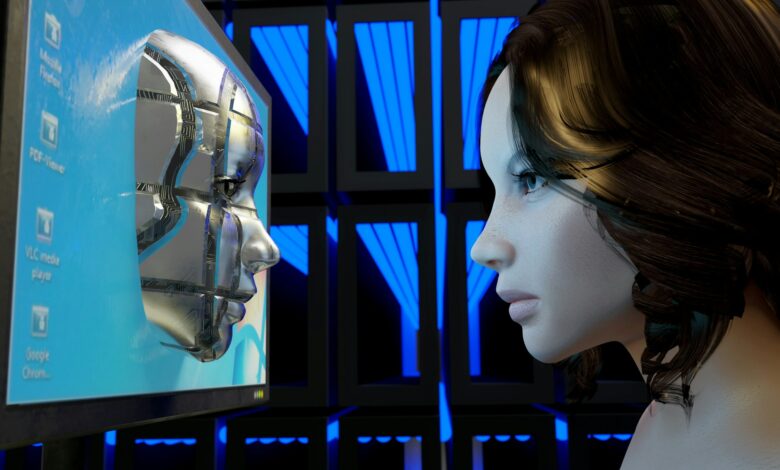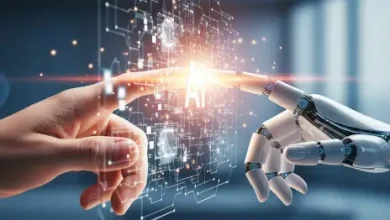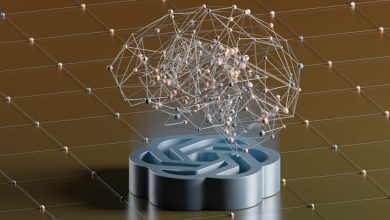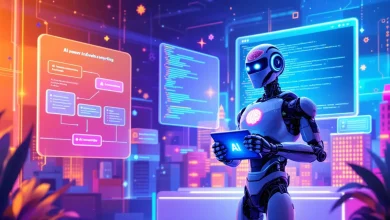
In a time when physical distance is often measured in thousands of miles and digital distractions compete for every second of attention, staying connected can feel harder than ever. We may have more tools to reach each other, but the texture of real connection the emotional spark, the subtle cues, the sense of closeness often gets lost in translation.
But something is changing. Video technology, once seen as a sterile tool for meetings and conference calls, is evolving. And it’s doing so with the help of artificial intelligence.
What we’re witnessing now is a quiet but profound shift: AI is being woven into video communication platforms in ways that don’t just make things more efficient they make them more human. We’re seeing the rise of emotionally intelligent tech that doesn’t just deliver our messages, but helps us feel seen, heard, and connected in deeper ways.
The Face and Voice of Digital Empathy
Human connection relies on more than just words. It’s in the warmth of a smile, the tremble in a voice, the pause before a response. These are the non-verbal cues we pick up instinctively in face-to-face interactions. Traditional digital communication email, texting, even audio calls strips much of that away.
Video brings it back.
But video alone isn’t enough. Without AI, coordinating a video-based message especially from a group can still feel like a hassle. That’s where artificial intelligence steps in, not to replace the emotion, but to support it. It handles the friction: organizing clips, enhancing audio, adjusting lighting, syncing transitions. It lets the humans involved focus on what really matters their message, their tone, their intent.
We’re seeing this come to life most clearly in the rise of group reels, where multiple people contribute short videos that are woven together into a single, coherent story. What once took hours of manual editing and tech headaches can now be done with just a few taps. And the result? A deeply personal, emotionally resonant video that feels like everyone’s in the same room even when they’re scattered across time zones.
The Role of AI Behind the Scenes
What makes this transformation possible isn’t flashy effects or clever filters. It’s quiet, invisible intelligence working in the background.
AI analyzes incoming clips and adjusts them for clarity, sound, and pacing. It arranges sequences to create a narrative that feels natural. It can suggest music that matches the mood, or gently prompt contributors who haven’t submitted their clips yet. These might sound like technical tweaks, but they have an emotional impact.
Because when the final video plays, it feels seamless. No jarring audio levels, no awkward silences, no choppy transitions. Just a flow of real people expressing real feelings and that smoothness is what allows the emotion to shine through.
In fact, researchers at MIT’s Media Lab have been exploring how machines can recognize and respond to human emotion, helping tech support—not replace—genuine human connection.
Bridging Emotional Gaps
The power of AI-enabled video isn’t limited to special occasions. It’s being used more and more in everyday life: to reconnect with old friends, to support a colleague going through a tough time, to celebrate small wins with remote teams. In each of these moments, the goal isn’t to impress it’s to connect.
And AI makes that easier. It removes the intimidation of needing to “get it right.” You don’t need to know how to film yourself perfectly or edit anything at all. You just speak from the heart, and the tech supports you in making that message land with clarity and warmth.
That’s how bonds get strengthened not through perfection, but through presence. And when technology removes the friction, people are more likely to show up, participate, and share something meaningful.
From Tools to Rituals
The most powerful technologies don’t just change what we do. They change how we feel while we do it.
Video tech powered by AI is slowly turning into something more than just a communication tool. It’s becoming part of how we ritualize emotion. Birthdays, anniversaries, farewells, welcomes, gratitude, encouragement all of these moments are being marked not with cards or calls, but with collaborative videos that feel alive and intimate.
And it’s not about being perfect on camera. In fact, it’s the opposite. The small hesitations, the offbeat jokes, the laughter that bubbles up unexpectedly these are the things that make group reels feel genuine. And because AI handles the polish, those messy, human moments don’t get lost. They get framed.
The technology becomes a kind of emotional scaffolding. It supports the expression, but doesn’t shape it. It amplifies what’s there instead of filtering it out.
Expanding Access to Emotionally Intelligent Communication
Perhaps one of the most underrated effects of AI-enhanced video communication is accessibility. Before, you needed certain skills or at least time to produce something meaningful. Now, anyone can create a group video that feels as warm and thoughtful as a handmade gift.
This matters not just for individuals, but for communities. Schools are using group videos to celebrate students. Small businesses are thanking loyal customers in more personal ways. Remote teams are building culture across continents. Families are staying close despite oceans in between.
The common thread? AI is doing the heavy lifting behind the scenes, allowing emotion to take the spotlight.
In that sense, it’s not just about efficiency. It’s about equity. It means emotional storytelling isn’t just for those with creative backgrounds or editing software. It’s for everyone with a face, a voice, and a feeling they want to share.
The Future of Connection Isn’t Just Faster. It’s Deeper.
It’s easy to think of AI as something cold or mechanical. But when paired with the right kind of design and intention, AI can be surprisingly human. It can nudge us toward empathy. It can create space for vulnerability. It can help us hear each other more clearly not just with our ears, but with our hearts.
As video tech continues to evolve, we’ll likely see even more intelligent features emerge: automatic highlight reels, emotion-aware editing, mood-based music, real-time sentiment analysis. But these advancements won’t replace the soul of the message. They’ll simply help reveal it.
And that’s where the true power lies. Not in making things faster, but in making them feel better. More real. More connected.
In a digital world often accused of making us emotionally distant, it’s comforting to know that technology when thoughtfully applied can do the opposite. It can bring us closer. One voice, one face, one group reel at a time.




